Engineering
Smarter chart data for high performance ports
Busy seaports are amongst the most dynamic of charting environments.
Maintaining current charts is essential for the safe and efficient movement of shipping. Effective navigation in and out of port supports a competitive port operation and minimises environmental impact.
Weather, currents and coastal erosion, along with regular dredging and the demands of ever-larger ships, make the seabed an ever-shifting tableau.
We specialise in the fast and accurate validation of bathymetric and oceanographic data and the automated generation of working charts from this data.
Our solutions support some of the busiest ports around the world
We work directly with port operators and with national hydrographic authorities to improve the validation of geospatial data and the production of Electronic Navigation Charts (ENC) and paper charts.
Our automated, rules-based solutions speed the traditionally time-consuming processes of data validation, cleansing, integration and chart generalisation.
Data, in S-57 or other formats, is quickly and accurately validated against rules that are user-defined and user-managed (no programming or developer-coding). These can be pre-determined rule-sets, such as S-58 rules, wholly customised rules for unique circumstances, or a mixture of the two.
We work with oceanographic and bathymetric data, but we also have deep expertise in land-based geospatial data such as those generated by quay-side logistics operations.
Our technology enables operators to quickly and accurately update charts to reflect recent changes to port waters.
As a result:
- safety of life at sea is prioritised but not at the cost of logistical efficiency
- piloting and berthing operations are more efficient
- overall operational risk is reduced
- environmental impact is minimised.
SLR's automated mobile noise assessment tool
“1Spatial provided the smarts to get FME Server up and running. The documentation was available so we could take the intellectual property and customise an automated solution for the second, third and subsequent iterations.”
Technical Discipline Manager, GIS & Information Services, SLR Australia
